E-commerce Growth
The Direct To Garment Printing Market is significantly influenced by the growth of e-commerce platforms. As online shopping continues to gain traction, businesses are leveraging direct to garment printing to fulfill the increasing demand for customized apparel. E-commerce allows for a broader reach, enabling companies to cater to diverse consumer preferences without the constraints of traditional retail. Data indicates that the e-commerce sector is projected to expand at a rapid pace, with online sales of clothing and accessories expected to rise substantially. This trend presents a lucrative opportunity for the direct to garment printing market, as businesses can efficiently produce and deliver personalized products directly to consumers, thereby enhancing their competitive edge.
Cost-Effectiveness
The Direct To Garment Printing Market is characterized by its cost-effectiveness, particularly for small to medium-sized enterprises. Unlike traditional printing methods, direct to garment printing eliminates the need for extensive setup costs and allows for shorter production runs. This flexibility enables businesses to respond quickly to market trends and consumer demands without incurring significant financial risks. Data suggests that the overall cost of direct to garment printing has decreased over the years, making it an attractive option for startups and established brands alike. As companies seek to optimize their production processes and reduce overhead costs, the direct to garment printing market is poised for growth, offering a practical solution for efficient and economical apparel production.
Sustainability Initiatives
The Direct To Garment Printing Market is increasingly aligning with sustainability initiatives as consumers become more environmentally conscious. The adoption of eco-friendly inks and sustainable printing practices is gaining momentum, as businesses seek to reduce their carbon footprint and appeal to eco-aware consumers. Market Research Future indicates that a significant portion of consumers is willing to pay a premium for sustainable products, which is driving companies to invest in greener technologies. This shift not only addresses environmental concerns but also positions businesses favorably in a competitive market. As sustainability becomes a core value for many brands, the direct to garment printing industry is likely to see continued growth, as it offers a viable solution for producing environmentally friendly apparel.
Technological Advancements
The Direct To Garment Printing Market is experiencing rapid technological advancements that enhance printing quality and efficiency. Innovations in ink formulations, such as water-based inks, are becoming more prevalent, allowing for vibrant colors and improved durability. Additionally, advancements in printer technology, including faster print speeds and higher resolution capabilities, are attracting businesses seeking to meet increasing consumer demands. According to recent data, the market for digital textile printing is projected to grow significantly, with a compound annual growth rate of over 20% in the coming years. This growth is indicative of the industry's shift towards more sophisticated printing solutions, which are essential for businesses aiming to remain competitive in a dynamic marketplace.
Rising Demand for Customization
The Direct To Garment Printing Market is witnessing a notable rise in demand for customization among consumers. As personalization becomes a key trend, businesses are increasingly adopting direct to garment printing to offer unique designs tailored to individual preferences. This shift is particularly evident in the apparel sector, where consumers seek distinctive clothing options that reflect their personal style. Market data suggests that the customization segment is expected to account for a substantial portion of the overall market share, driven by the growing popularity of custom merchandise and on-demand printing services. This trend not only enhances customer satisfaction but also fosters brand loyalty, as consumers are more likely to engage with brands that offer personalized products.


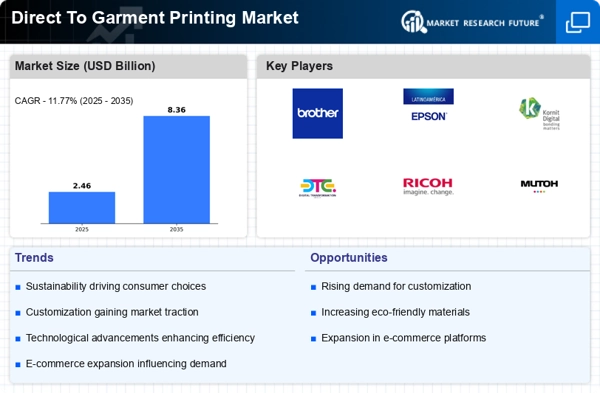
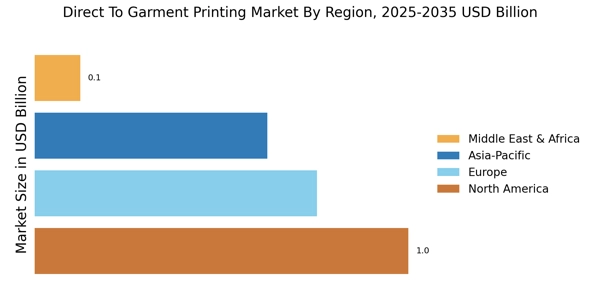
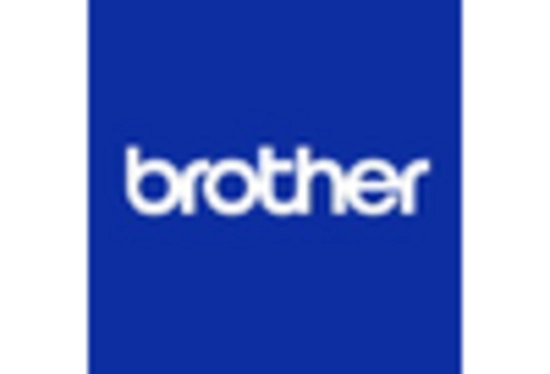

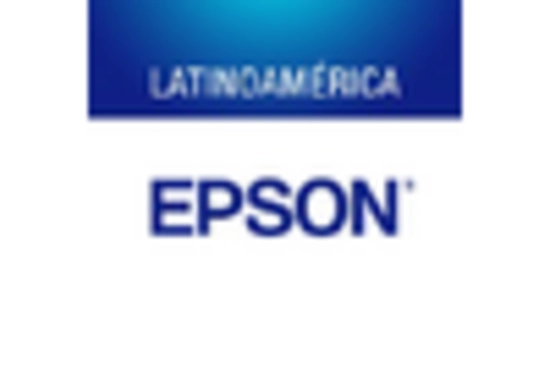
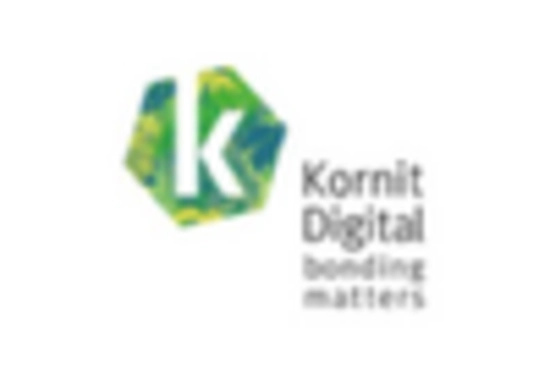
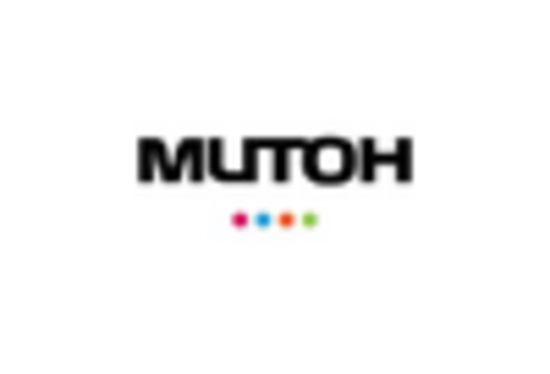
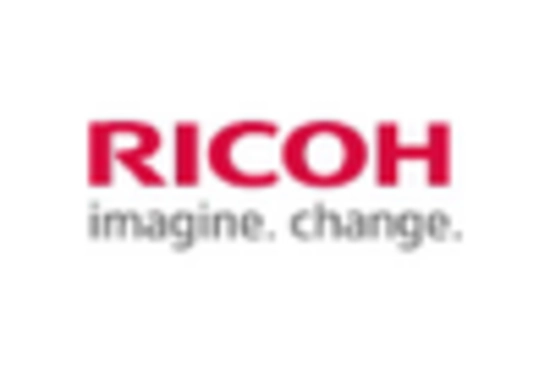








Leave a Comment